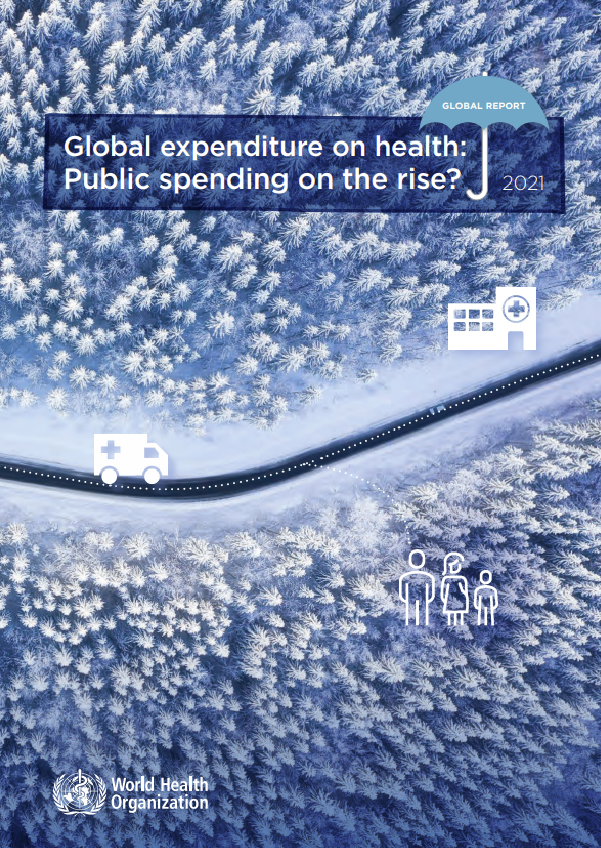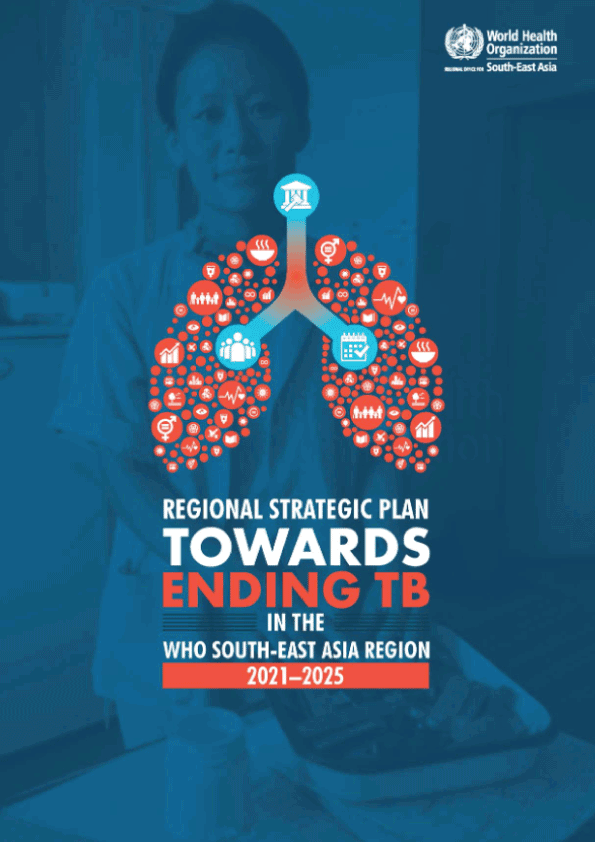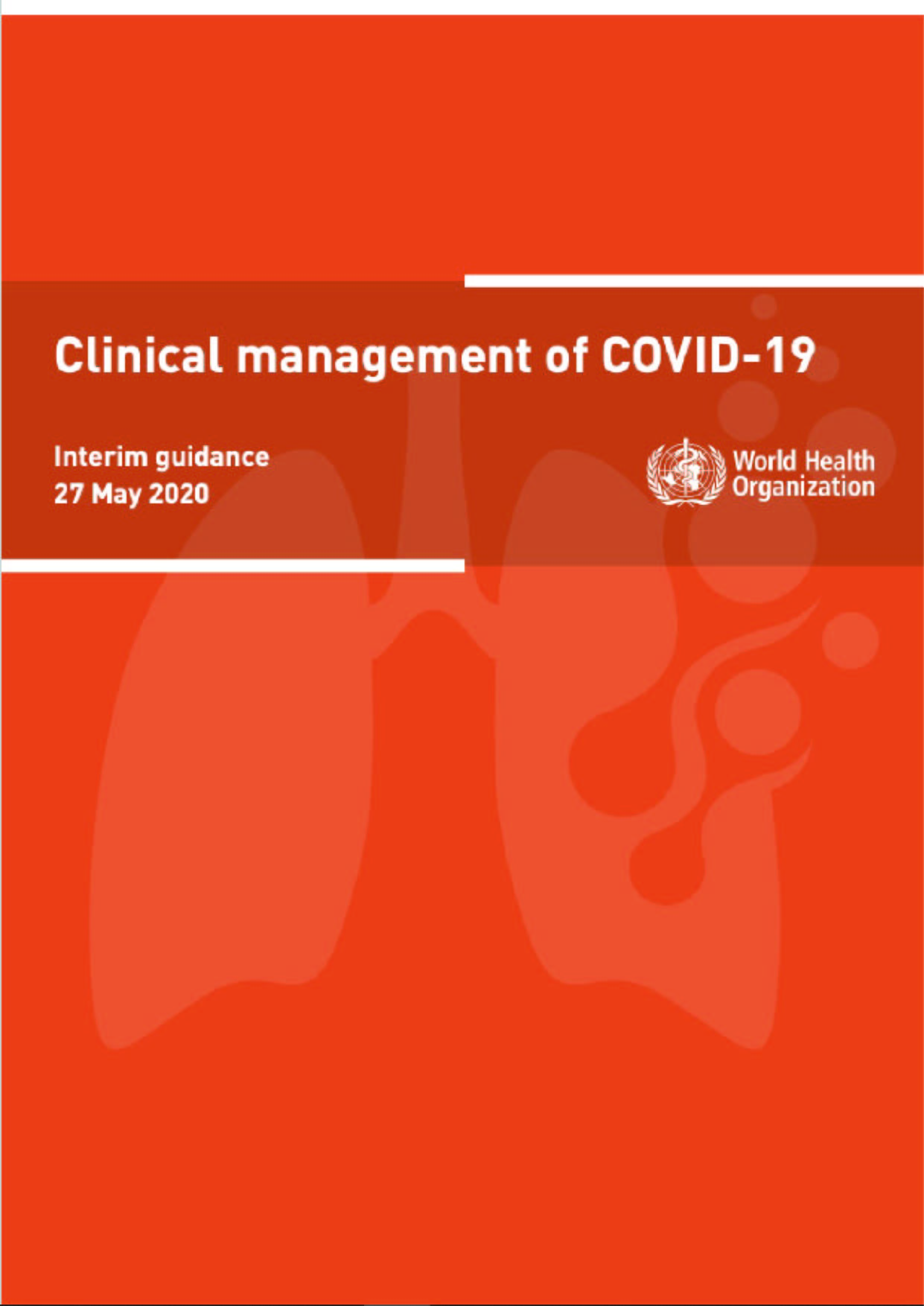This year’s Global Health Expenditure Report comes at a time of heightened uncertainty about future investment in health at the country, regional and global levels. The path out of the COVID-19 pandemic and related global economic crisis is unclear: despite the most rapid development of vaccines in history, the health and economic benefits of this stunning technological achievement have been grossly unequal as a result of inequities in distribution and slow rollouts. The pandemic has also shed light on the underlying weaknesses of health systems, including insufficient investment in common goods for health—core public health actions that need to be financed collectively because they are public goods or have large externalities—as well as the need for greater investment in the health system foundations of low and lower-middle income countries, such as human resources for health and primary care infrastructure. As the emergence of the Delta variant—and, more recently, the Omicron variant—of COVID-19 show, no one is safe until everyone is safe.
An uncertain pandemic outlook means that the magnitude, duration and location of the macroeconomic and fiscal impacts of the pandemic’s shock remain unclear. Accordingly, the International Monetary Fund has attached a high degree of downside risk to its outlook for the world economy, in particular for low and lower-middle income countries, linked largely to uncertainties around the pace and distribution of the vaccine rollout and overall pandemic control.
The 2021 Global Report uses a wide-angle lens, drawing on the full set of data available in the Global Health Expenditure Database,1 to identify trends in health spending across the world over the past 20 years and to provide an update on recent developments. The results are clear: as health spending has increased, so too has the importance of public spending on health, albeit with huge and persistent disparities across country income groups.
Overall, global spending on health has doubled in real terms over the past two decades, reaching US$ 8.5 trillion in 2019 and 9.8% of GDP (up from 8.5% in 2000). Spending on health remained highly unequal—and more unequal than the distribution of global GDP. High-income countries accounted for nearly 80% of global spending on health (with the United States of America alone accounting for more than 40%), and their average spending per capita was more than four times the average GDP per capita of low income countries.
In countries for which data were available, about half of health spending went towards primary health care (PHC), representing about 3% of GDP on average. Nearly half of PHC spending was funded by private sources,the same as for non-PHC services. Among the low income countries for which data were available, about one-third of PHC spending came from external aid and one-fifth came from government sources, whereas the composition was reversed for non-PHC spending. Further analysis from a set of low and middle income countries indicates that the share of PHC spending that went to infectious diseases was significantly higher than the share that went to noncommunicable diseases and injuries.
Patterns of health spending by source varied greatly across income groups: government sources financed most health spending in upper-middle and high income countries, whereas out-of-pocket spending and external aid together financed most health spending in low and lower-middle income countries.
Across middle and high income countries, the share of health spending financed by domestic public sources has risen over the past 20 years, with a commensurate decline in reliance on out-of-pocket spending. The implication is that countries have been progressively orienting health financing towards compulsory prepaid sources (such as general government budgets and compulsory health insurance contributions), even though out-ofpocket spending per capita has generally been growing. This shift aligns with a key attribute of health financing arrangements that enable progress towards universal health coverage and the Sustainable Development Goal targets for health, but further policy adjustments are needed to ensure that the growth of out-of-pocket spending does not drive inequity in service use and financial hardship.
However, low income countries exhibited a different pattern, with health’s share in total government spending declining as the level of external aid has increased. Furthermore, in countries that were highly dependent on aid, health prioritization in government spending decreased in line with the aid increase —that is, aid has not been purely additional. An important function of external aid is to supplement government budgets—but to be sustainable, aid must also leverage domestic financing. However, the expenditure data are consistent with “aid fungibility,” suggesting that this leveraging role is yet to be realized. In upper-middle and high income countries, government spending on health as a share of overall government spending increased, whereas in lower-middle income countries, health prioritization stagnated. On average across low income countries, health prioritization fluctuated: falling between 2000 and 2011, as aid flows grew substantially, before rising in 2012 and 2013 and then maintaining a steady share of about 5% of total general government spending.
Changing priorities are reflected in the allocation of public resources. This malleability has been clearly demonstrated during periods of volatility, such as the 2007–2008 global financial crisis and more recently during the COVID-19 pandemic. High income countries, which relied most heavily on public spending, were generally able to protect government health spending during the global financial crisis, even as economic activity declined. Health spending was then protected during the rapid fiscal consolidation in subsequent years that resulted in spending cuts elsewhere in the budget.
During the COVID-19 pandemic, early indications from a limited set of mostly high income countries suggest that governments responded quickly; most of the growth in overall health spending in 2020 was due to the rapid scaling up of public spending. This more than offset declines in out-of-pocket payments and other private funding sources. Most health spending on COVID-19 went to treatments, followed by testing/tracing and medical goods. Because the immense economic shock required commensurate countercyclical fiscal support to cushion the impact on households and businesses via social assistance and economic stimulus, the share of government health spending in total government spending fell in two-thirds of the analysed countries. This suggests that during major economic shocks, it would be more relevant to gauge health prioritization by government health spending in both absolute terms and relative to historical trends rather than by the standard proportional share of overall government spending.
The subtitle of this report, “Public spending on the rise?,” reflects this uncertain backdrop. Governments worldwide face important choices in the years ahead that will shape the trajectory of public spending on health. The approach of many middle and high income countries seems to show the way: countercyclical public policy to cushion the shock for their populations. More government spending for health will no doubt be needed to support common goods for health and to address equity and financial protection challenges for vulnerable populations.
A key lesson from the COVID-19 pandemic is that the benefits of health investment gobeyond the health sector to the general prosperity and security of the population more broadly. But despite the clear imperative to maintain funding for ongoing service delivery and cross-cutting public health functions, and the need to strengthen long-term investment in primary health care and pandemic preparedness, continued increases in public spending—or in spending priorities within health sector and beyond—are not a given. The extent to which such actions can be sustained will depend on managing the tension between the need for additional health investment and countries’ increasingly constrained budgetary positions, which stem from the substantially higher public debt and from the lower output relative to pre-COVID-19 pandemic trajectories that will likely remain as an economic scar of the pandemic in some countries. The situation will be particularly challenging for low and lower-middle income countries. A “business as usual” approach will constrain governments’ ability to maintain the spending needed in the coming years to achieve universal health coverage.
This report provides a broad picture of global patterns of health spending over the past 20 years. It also aims to stimulate and inspire further research and discussion on health policies at the country, regional and global levels and to encourage improvements in data availability and quality. The COVID19 pandemic will continue to shape views on future investment in health and preparedness for advancing universal health coverage and health security. Vigilance is thus required. Historical data on health spending patterns offer important insights into what is needed for the coming years and, together with timely data on current spending, shed much needed light on the path forward.











